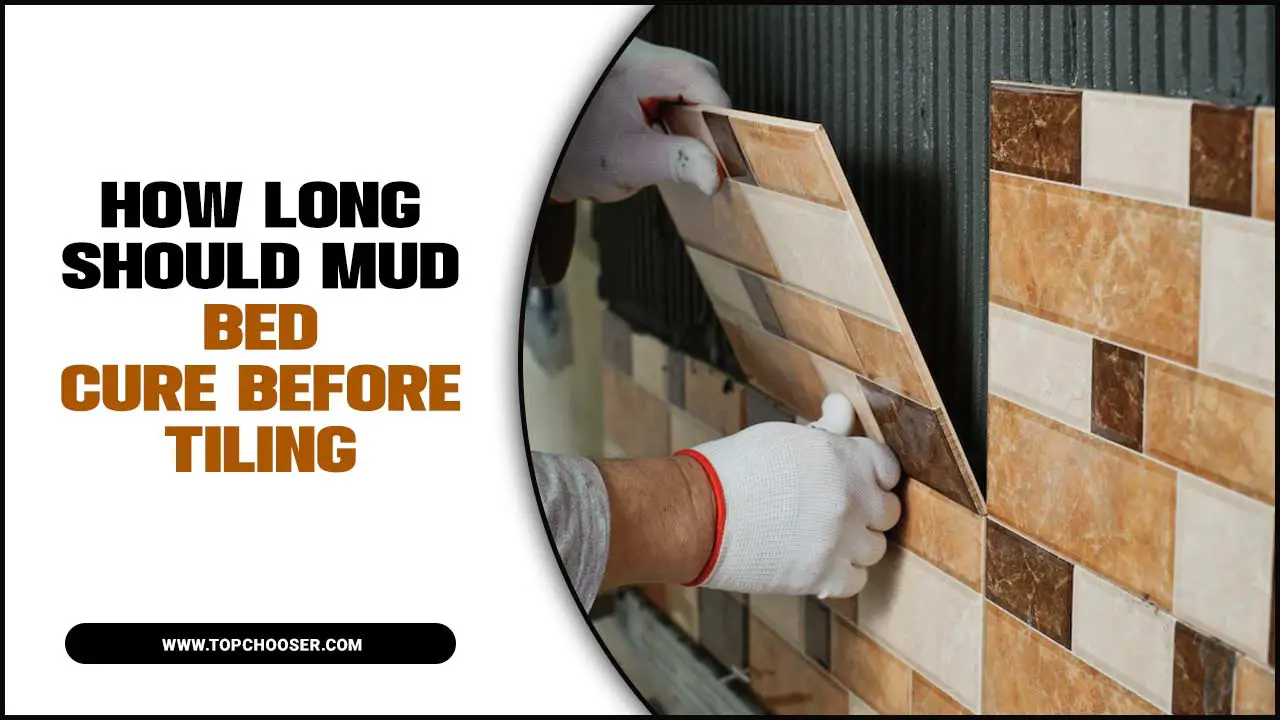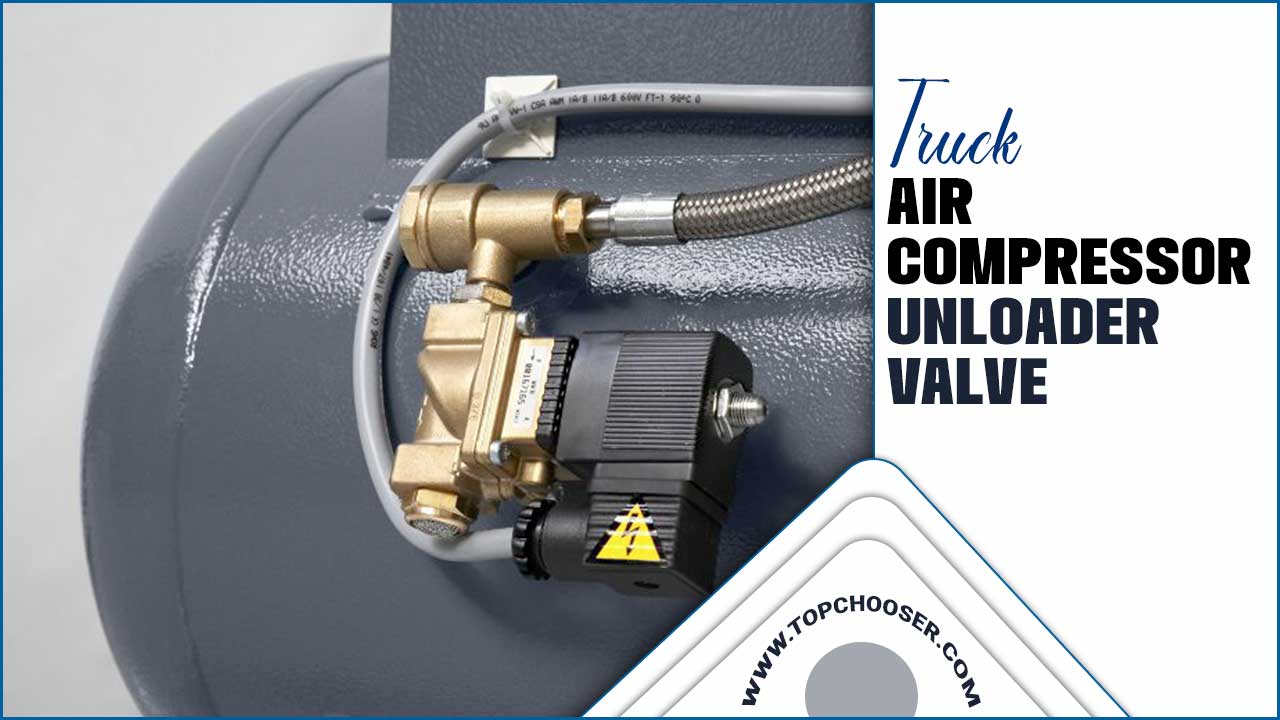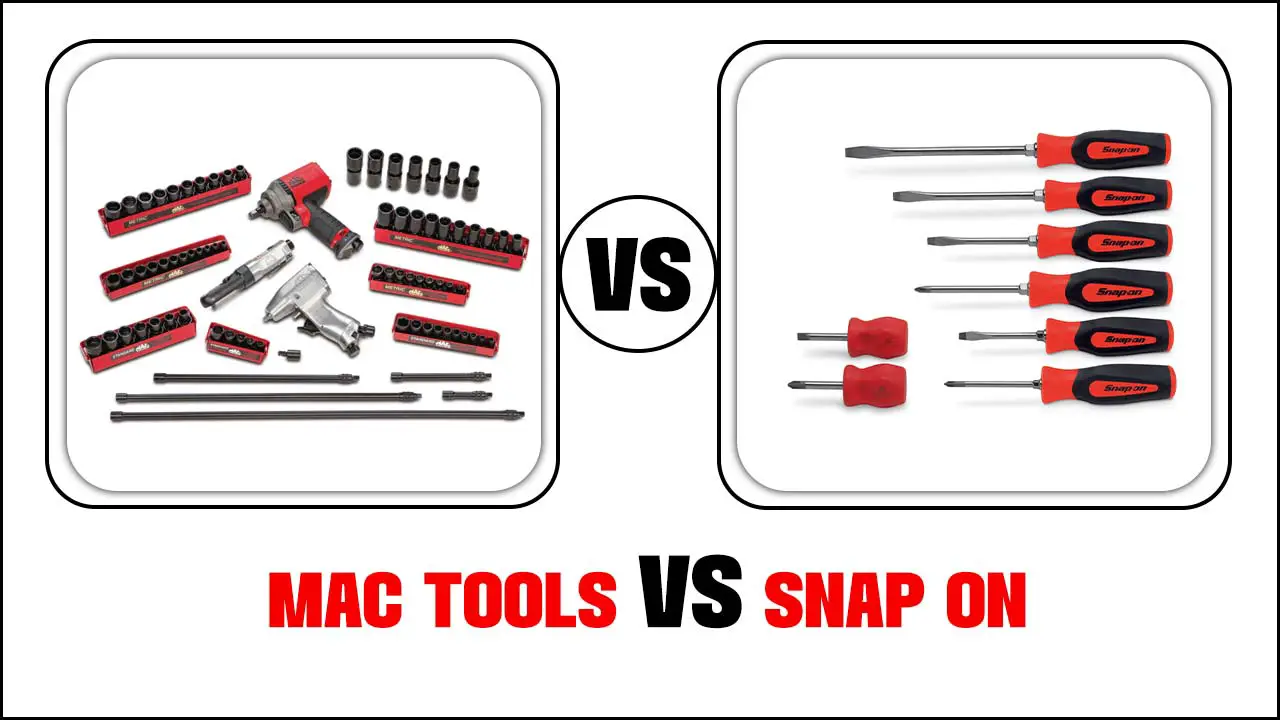Have you ever wondered about the cozy glow of an oil lamp? Many people love using them for light during power outages or while camping. But there’s a question that pops up a lot: do oil lamps produce heat?
Imagine sitting in a dark room. You light an oil lamp, and suddenly, the space feels warmer. Is it just your imagination? Or does that soft light actually warm the air?
Oil lamps have been around for thousands of years. Ancient people used them to light their homes and cook their food. Did you know those simple lamps helped shape human history? They provided light and comfort in dark times.
In this article, we’ll explore how oil lamps work. We’ll also unveil the truth about their heat production. Get ready to discover the warm side of oil lamps!
Do Oil Lamps Produce Heat? Understanding Their Functionality

Oil lamps not only light up a room but also produce heat. When lit, these lamps generate both light and warmth, making them useful for chilly evenings. Have you ever sat by an oil lamp and felt the gentle heat? It’s fascinating how a simple oil lamp can offer comfort. However, the amount of heat they emit is much less than that of a home furnace. Knowing this helps you decide when to use them for ambiance or extra warmth.
Understanding Oil Lamps
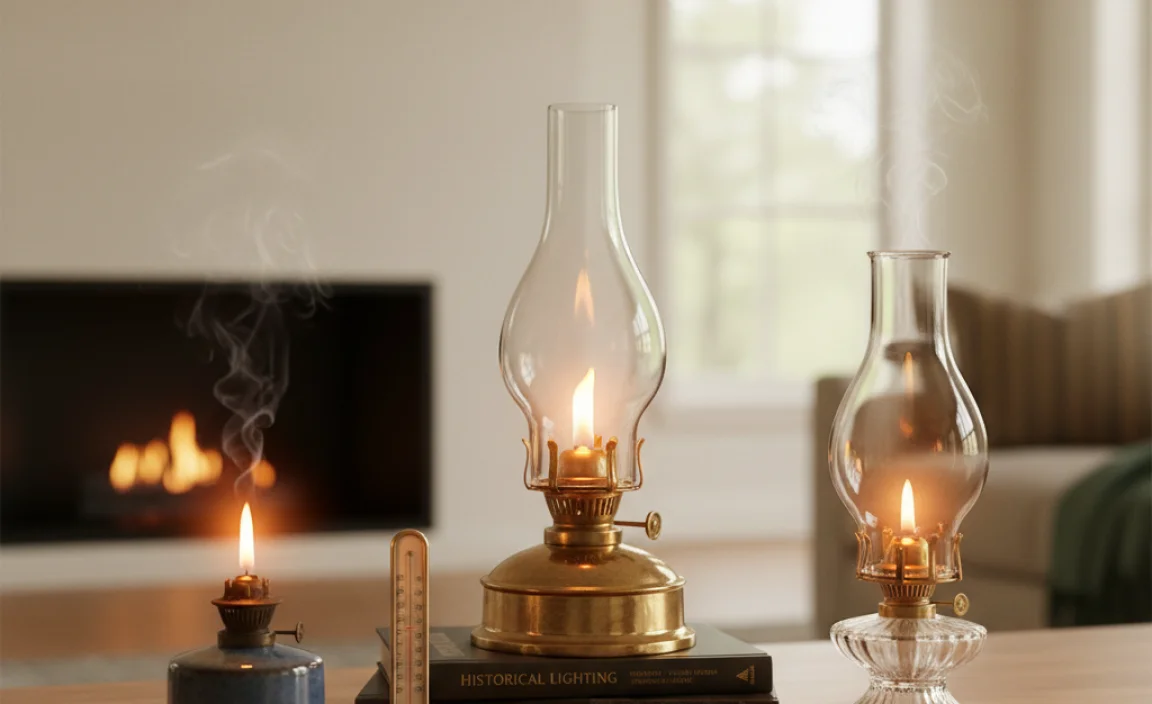
Definition and types of oil lamps. Historical significance and uses.
Oil lamps are fascinating devices that use oil to create light. They come in many types, like traditional wick lamps and modern fuel canisters. These lamps have been around for thousands of years, helping humans see after the sun goes down. Imagine a time without electricity! People used oil lamps for cooking, reading, and even storytelling by candlelight. They added warmth and gave homes a cozy atmosphere. Who knew something so simple could hold such history—and help folks avoid tripping over their own feet in the dark!
| Type of Oil Lamp | Historical Use |
|---|---|
| Wick Lamp | Used in ancient civilizations for light |
| Hurricane Lamp | Developed for outdoor use during storms |
| Pressure Lamp | Used for bright light in industrial settings |
The Science Behind Heat Production
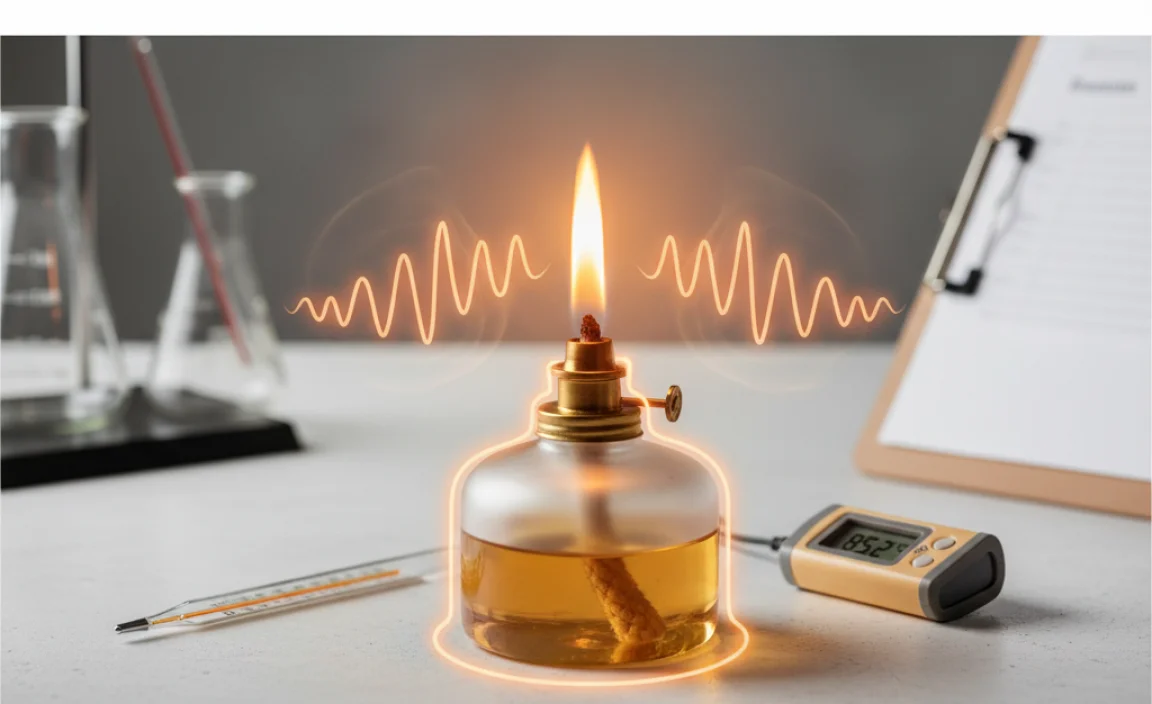
How oil lamps generate heat. The combustion process explained.
Oil lamps generate heat through a process called combustion. This happens when oil burns in the lamp. Here’s how it works:
- Oil travels up the wick.
- The heat from the flame vaporizes the oil.
- When the vapor meets oxygen, it ignites.
- This reaction releases energy in the form of heat and light.
When light is created, heat is also made. That’s why oil lamps feel warm. This simple process is how oil lamps keep us cozy.
Do oil lamps provide heat?
Yes, they produce heat as they burn oil, making them a source of warmth as well as light.
Heat Levels of Different Oil Lamps
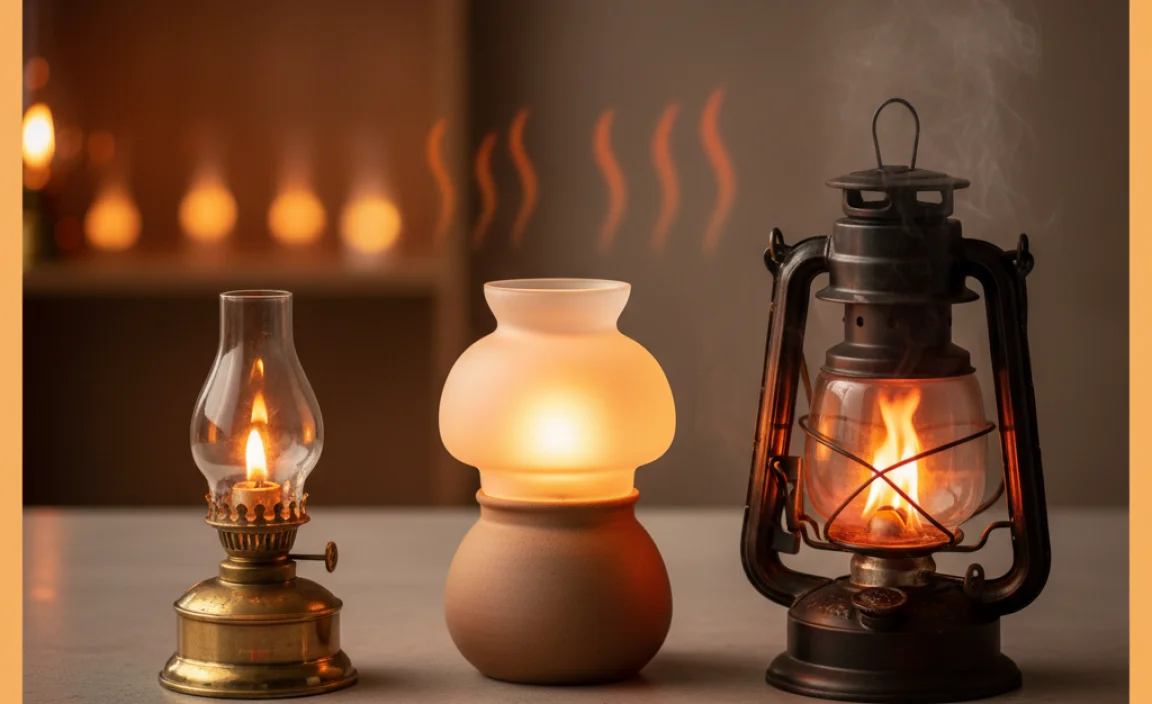
Comparison of heat output in various oil lamp types. Factors influencing heat production (fuel type, wick size).
Oil lamps come in different shapes and sizes, which means they give off different amounts of heat. For example, a big lamp usually produces more warmth than a small one. Wick size also plays a big role—larger wicks can burn more fuel and create more heat. Some fuels burn hotter than others too. Check out this quick comparison:
| Oil Lamp Type | Heat Output |
|---|---|
| Standard Lamp | Medium |
| Colza Lamp | High |
| Paraffin Lamp | Low |
So, if you want a cozy glow, pick the right lamp! Remember, bigger isn’t always better—sometimes, small lamps just like to keep things chill (or not too hot, anyway).
Safety Considerations
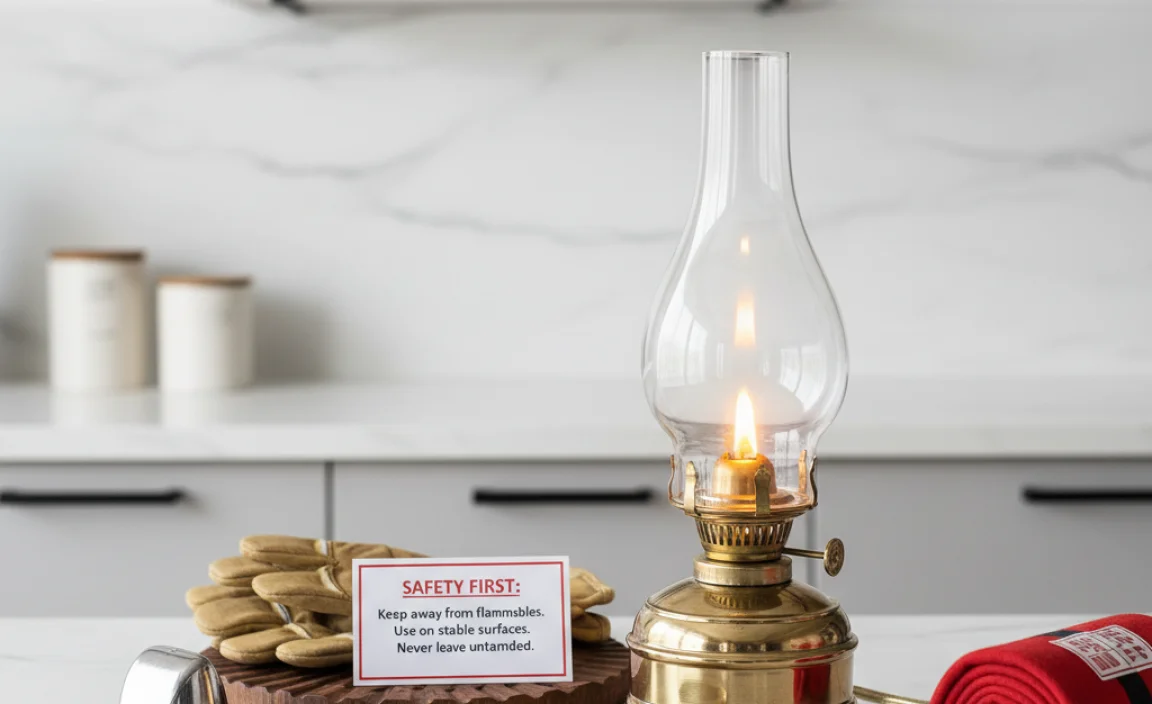
Risks associated with heat from oil lamps. Best practices for safe usage.
Using oil lamps can be cozy, but safety is key. They can get hot and may start fires if not used carefully. Always place lamps on a stable surface, away from flammable items. Never leave them unattended. It’s smart to keep a fire extinguisher nearby. Remember these tips for safe oil lamp use:
- Keep away from pets and kids.
- Use only recommended fuels.
- Regularly check for leaks.
Stay safe and enjoy the warm glow!
Do oil lamps produce heat?
Yes, oil lamps produce heat. They work by burning fuel. As they burn, they give off both light and heatwarmth.
Comparing Oil Lamps to Other Heat Sources
Oil lamps vs. candles: heat output analysis. Oil lamps vs. electric heaters: efficiency and safety.
Oil lamps and candles both produce heat, but they differ in how much. Oil lamps burn longer and give off more heat, making them efficient for warmth. Candles, on the other hand, burn faster and create less heat, which can be nice for mood but not for heating a room.
Comparing oil lamps with electric heaters shows more differences. Electric heaters are generally safer and more efficient. They heat up quickly and are easy to control. Oil lamps, while they give nice light and some warmth, need careful handling to avoid fire risks.
- Heat Output: Oil lamps produce more heat than candles.
- Efficiency: Electric heaters offer quicker warmth without open flames.
- Safety: Electric heaters are safer for homes compared to oil lamps.
Do oil lamps produce heat?
Yes, oil lamps do produce heat, although they are not as effective as electric heaters. They can warm a small area but are mostly used for light. Always use with care!
Practical Applications of Oil Lamps for Heating
Uses in emergency situations. Decorative heating solutions for ambiance.
Oil lamps are not just for reading old maps or creating spooky shadows. They shine bright in emergencies, like during power outages. Imagine a dark room suddenly lit by a cozy glow! This warm light not only helps you see but also gives off some heat to keep things toasty. Plus, they add a lovely touch of decoration. Perfect for setting a romantic dinner or a relaxing atmosphere. Who needs fancy candles when you can have a stylish oil lamp?
| Application | Description |
|---|---|
| Emergency Situations | Provide light and heat during power outages. |
| Decorative Heating | Create ambiance for special occasions. |
So next time the lights go out or you want to impress someone, remember the charm of oil lamps! They’re like little fireflies that keep you warm and in style.
Environmental Impact of Using Oil Lamps
Carbon footprint and emissions. Sustainable fuel options for oil lamps.
Using oil lamps can have some surprising effects on our planet. They release carbon emissions that contribute to climate change, especially from traditional oil sources. Switching to more sustainable fuels can help keep the Earth breathing easier. Renewable options, like biodiesel, produce less pollution and can light up your room without dimming our planet’s future. Imagine using a lamp powered by leftover frying oil—talk about recycling! Below is a simple table comparing carbon footprints of different fuels:
| Fuel Type | Carbon Footprint |
|---|---|
| Traditional Oil | High |
| Biodiesel | Moderate |
| Soybean Oil | Low |
Maintenance and Care for Optimal Heat Production
Proper fuel storage and wick replacement. Cleaning and upkeep tips to maximize efficiency.
To keep your oil lamp shining brightly, proper care is key! First, store fuel in a cool, dark place to stop it from turning into a science experiment. Regularly check and replace the wick, especially if it’s looking sad and burnt out. A clean lamp is a happy lamp! Use a soft cloth and gentle soap to wipe away soot and grime. This helps to maximize efficiency and keep the heat flowing. Remember, a clean lamp is like a happy face at a comedy show—it just makes everything better!
| Maintenance Tips | Frequency |
|---|---|
| Check fuel storage | Monthly |
| Replace the wick | Every 3-4 weeks |
| Clean lamp | Bi-weekly |
With these tips, your oil lamp will produce heat and light like a superstar!
Conclusion
In conclusion, oil lamps do produce heat while they burn. This heat can warm small areas, but they aren’t very efficient. Always use them carefully to avoid risks. If you’re curious, check out more about safe lamp use and heating methods. Understanding how oil lamps work can help you enjoy them safely and wisely!
FAQs
How Does The Heat Output Of Oil Lamps Compare To Other Common Sources Of Light, Such As Electric Bulbs Or Candles?
Oil lamps give off more heat than electric bulbs and candles. While electric bulbs are bright but stay cool, oil lamps burn fuel to create light and heat. Candles also give off some heat, but not as much as oil lamps. So, if you want warmth and light, oil lamps are the hottest choice!
What Types Of Oil Are Most Commonly Used In Oil Lamps, And Do They Affect The Amount Of Heat Produced?
The most common oils used in oil lamps are kerosene, olive oil, and lamp oil. Each type of oil burns differently. Kerosene gives more heat, while olive oil is safer and cleaner. The oil you choose can change how bright the lamp is and how warm it gets.
Can Oil Lamps Be Used As A Heating Source In Addition To Providing Light, And If So, How Effective Are They?
Yes, oil lamps can provide heat while shining light. They burn oil, which creates warmth. However, they don’t heat a whole room well. You might feel some warmth nearby, but it’s not very strong. So, it’s better to use them for light instead of heat.
Are There Safety Concerns Related To The Heat Generated By Oil Lamps In Enclosed Spaces?
Yes, there are safety concerns with oil lamps in closed spaces. The heat they create can make things very hot. This can be dangerous if something catches fire. Also, oil lamps need good airflow to keep the air safe. It’s best to be careful and use them in open areas.
How Does The Design Of An Oil Lamp Influence Its Heat Production And Distribution?
The design of an oil lamp affects how much heat it makes and how that heat spreads. A wide base helps the lamp stay stable and can hold more oil. A taller shape directs the heat upward. This way, we can feel more warmth from the flame. The size of the wick also affects how hot it gets and how heat moves around.




